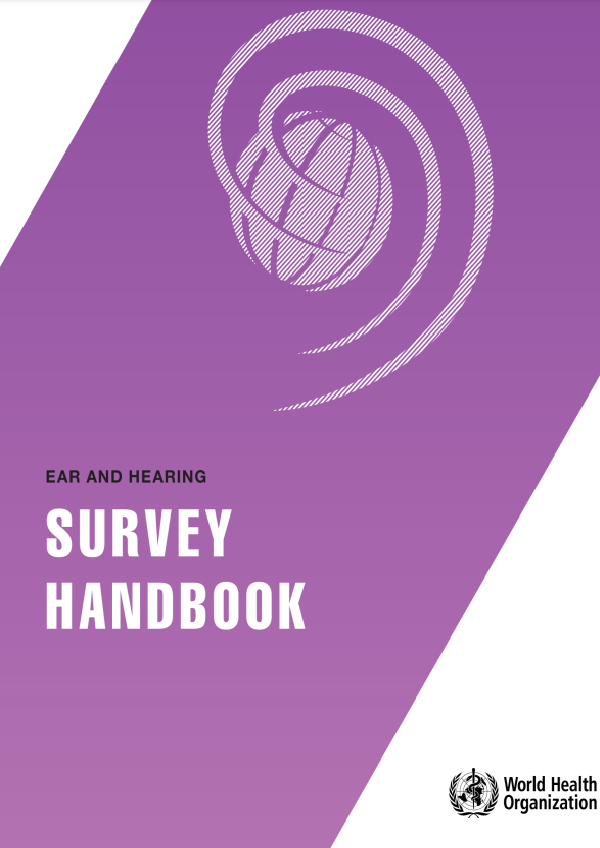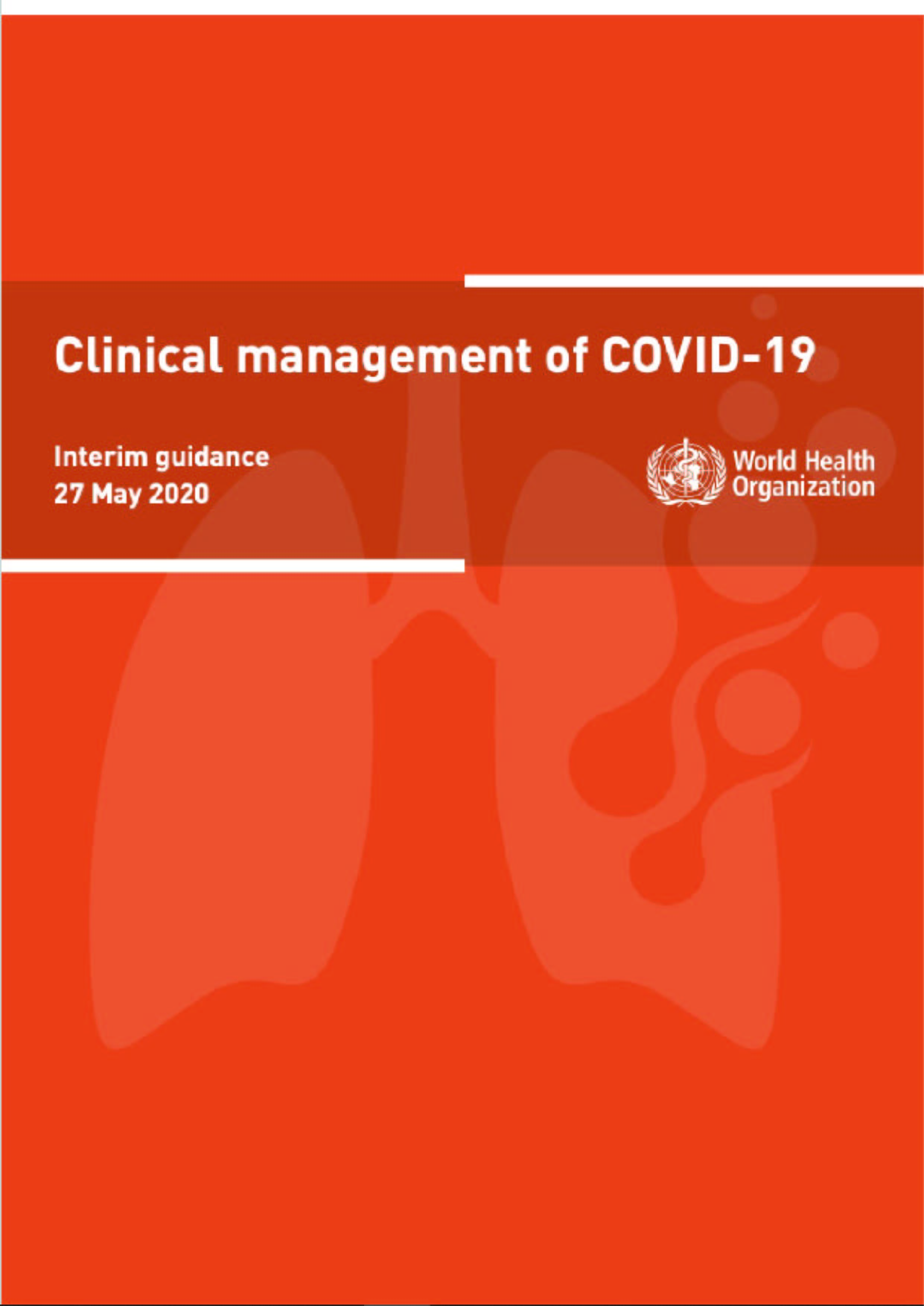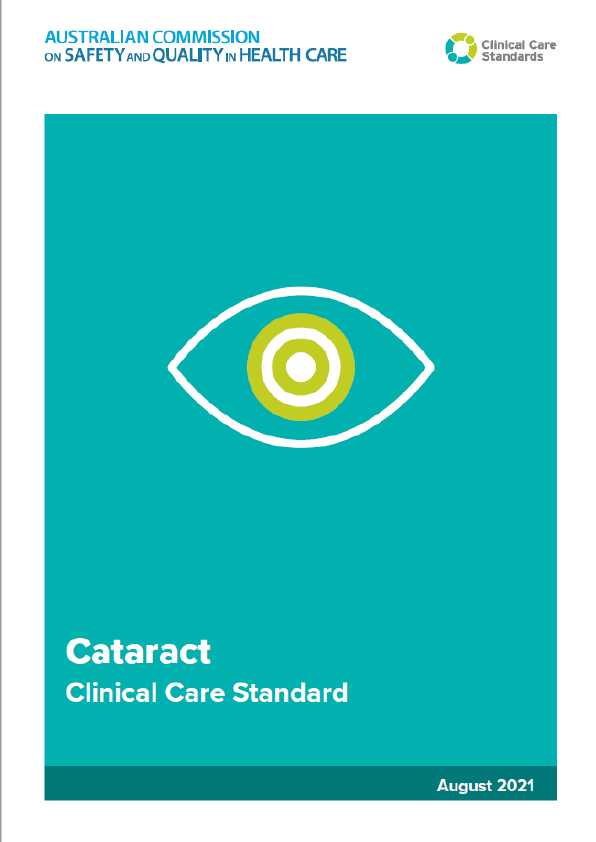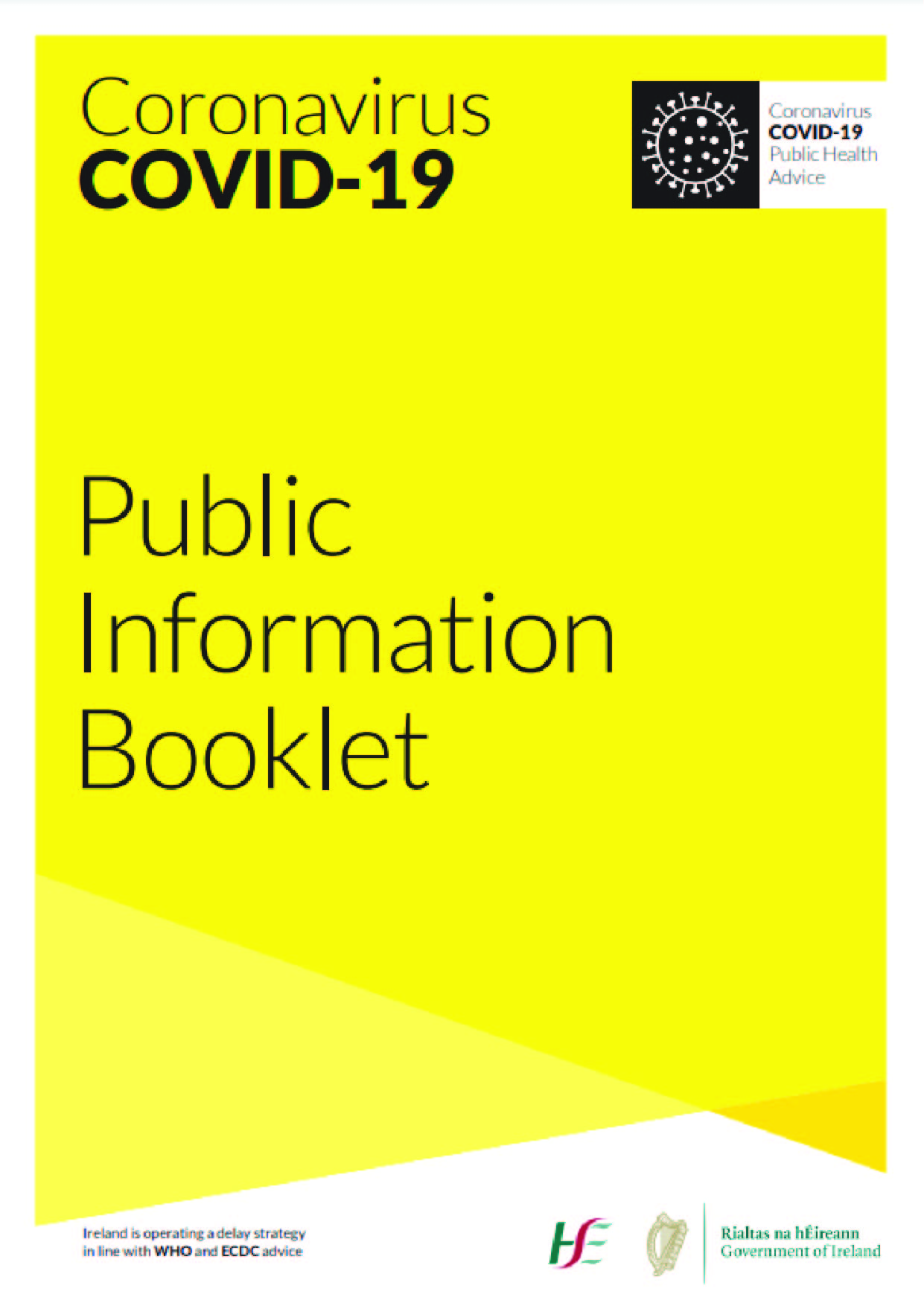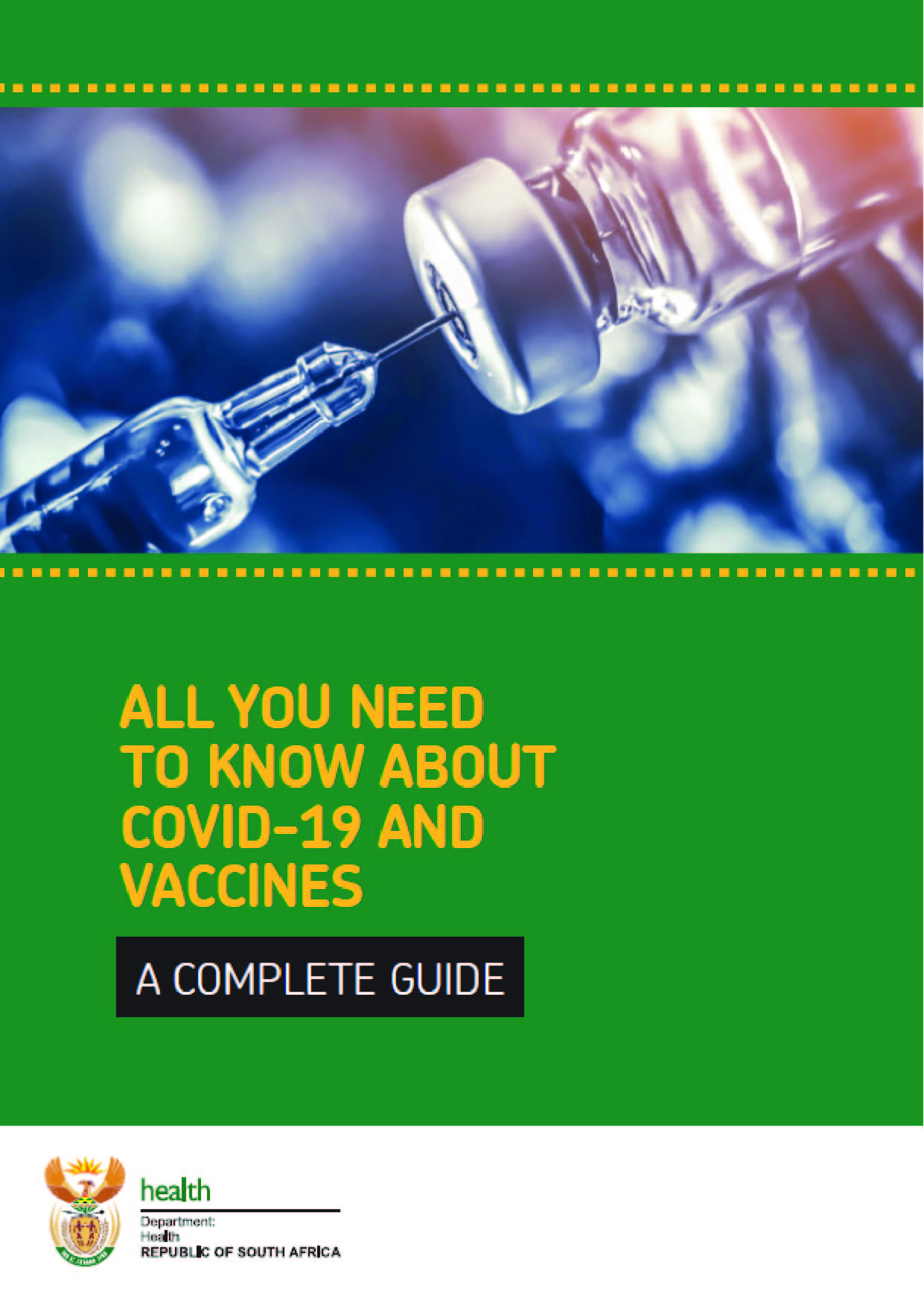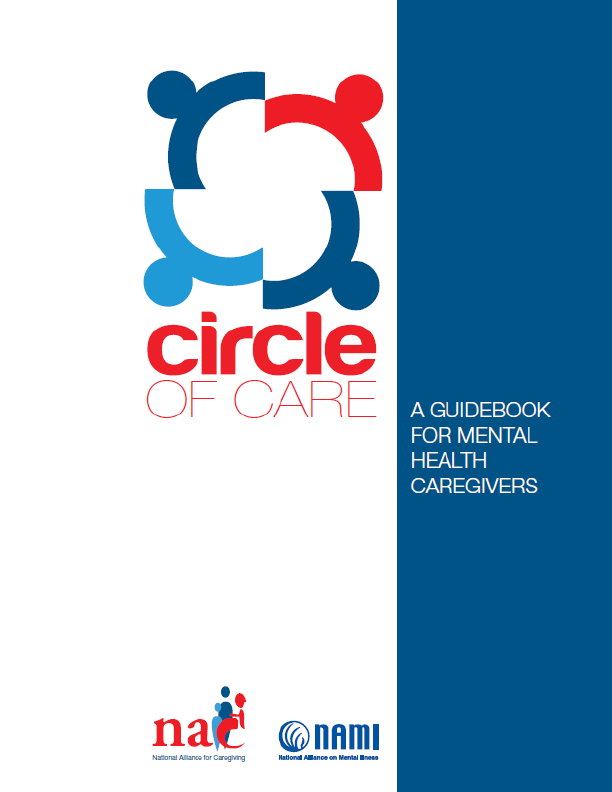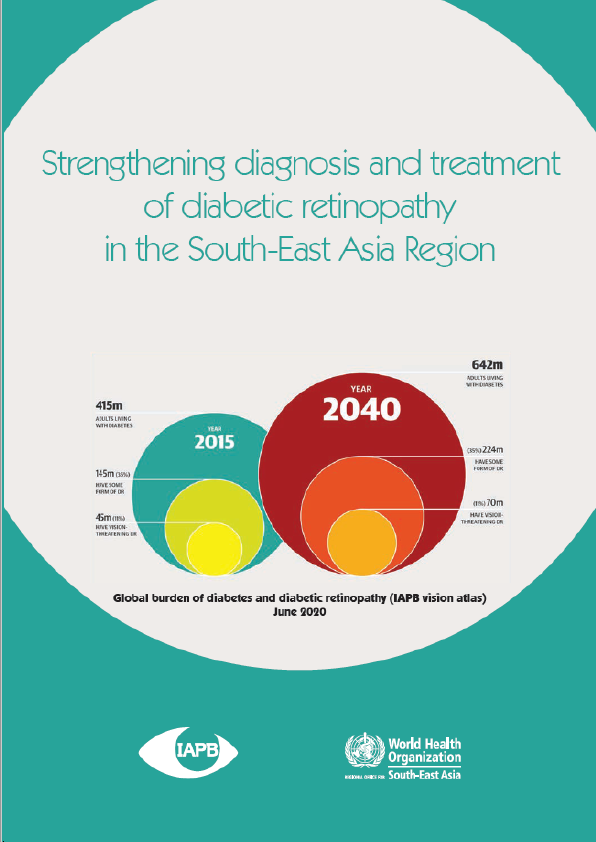This survey handbook was developed using a consultative process, which was coordinated by WHO’s team on ‘Sensory functions; Disability; and Rehabilitation’ in Geneva. Following the decision to update the WHO Ear and Hearing Disorders Survey Protocol, an expert meeting was held in November 2015 to discuss the scope and nature of revisions and to review newer available technologies for assessment of hearing.
Based on the outcomes of the meeting, a validation study of software applications designed to test hearing was undertaken and its results have informed some of the methods outlined in this survey handbook. An outline of the structure and contents was developed by WHO and reviewed by experts. The initial draft was prepared by WHO with inputs from consultant epidemiologists. The expert group reviewed three drafts of the survey handbook.
The final draft was also reviewed by the WHO regional offices. It underwent field evaluation in India and Kenya in order to assess its usability and feasibility and to identify any practical difficulties encountered during implementation. On the basis of the inputs and comments received from reviewers, the survey handbook was modified and reviewed by WHO.
Reliable, standardized, population-based data on the prevalence and causes of deafness and hearing loss are scarce, especially in low- and middle-income countries. A World Health Organization (WHO) survey undertaken in 20131 revealed that only 30 countries (out of 76 respondents) gathered epidemiological data on hearing loss.
Information on the causes and prevalence of hearing loss essential to raising awareness of hearing loss and ear disease among WHO Member States, and to developing suitable public health strategies to address it. Since 1999, WHO’s Ear and Hearing Disorders Survey Protocol has been used by a number of countries to help conduct epidemiological studies that assess the prevalence, profile and causes of hearing loss. However, in view of the many advances in diagnostic technology and software interfaces since 1999, a review of the existing Protocol – including its methodology, assessment techniques, and software for data entry and analysis was considered necessary.
This survey handbook is the result of that review, and provides guidance for planning and implementing hearing loss surveys, including information on possible data collection tools. The survey handbook aims to enable countries – particularly low- and middle-income countries – to gather data by planning and implementing population-based epidemiological surveys.
The main uses of data collected by such surveys are:
- to provide an accurate picture of hearing loss prevalence in a given area, which could be a country or an area within the country (e.g. district or state);
- to provide an overview of the most common probable causes of deafness and hearing loss in the study area;
- assess the global and regional prevalence and trends.
Using this survey handbook for data collection will help to ensure comparability of data collected through studies conducted in different countries and by different investigators. This will facilitate the estimation of the global prevalence and the examination of hearing loss trends over time.
